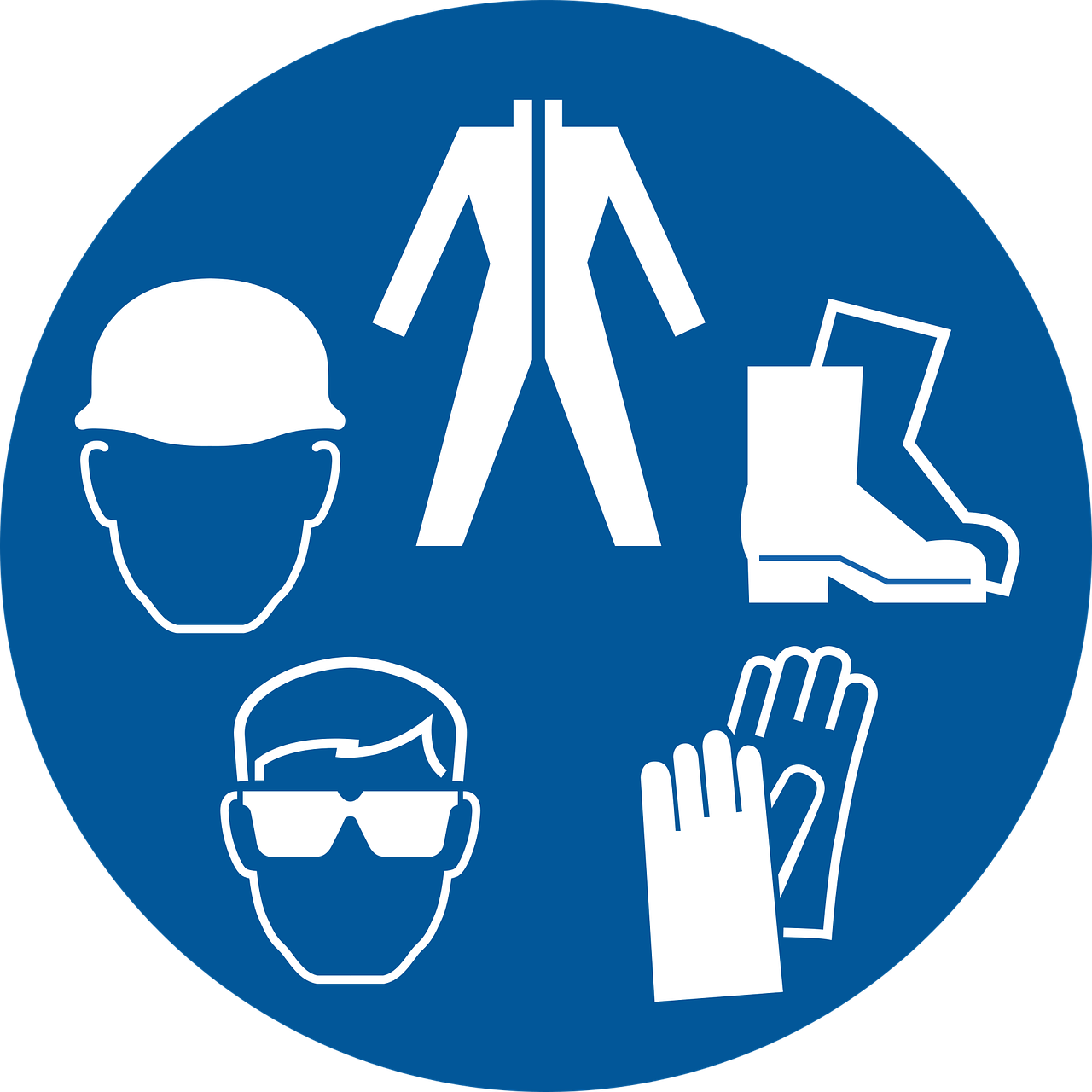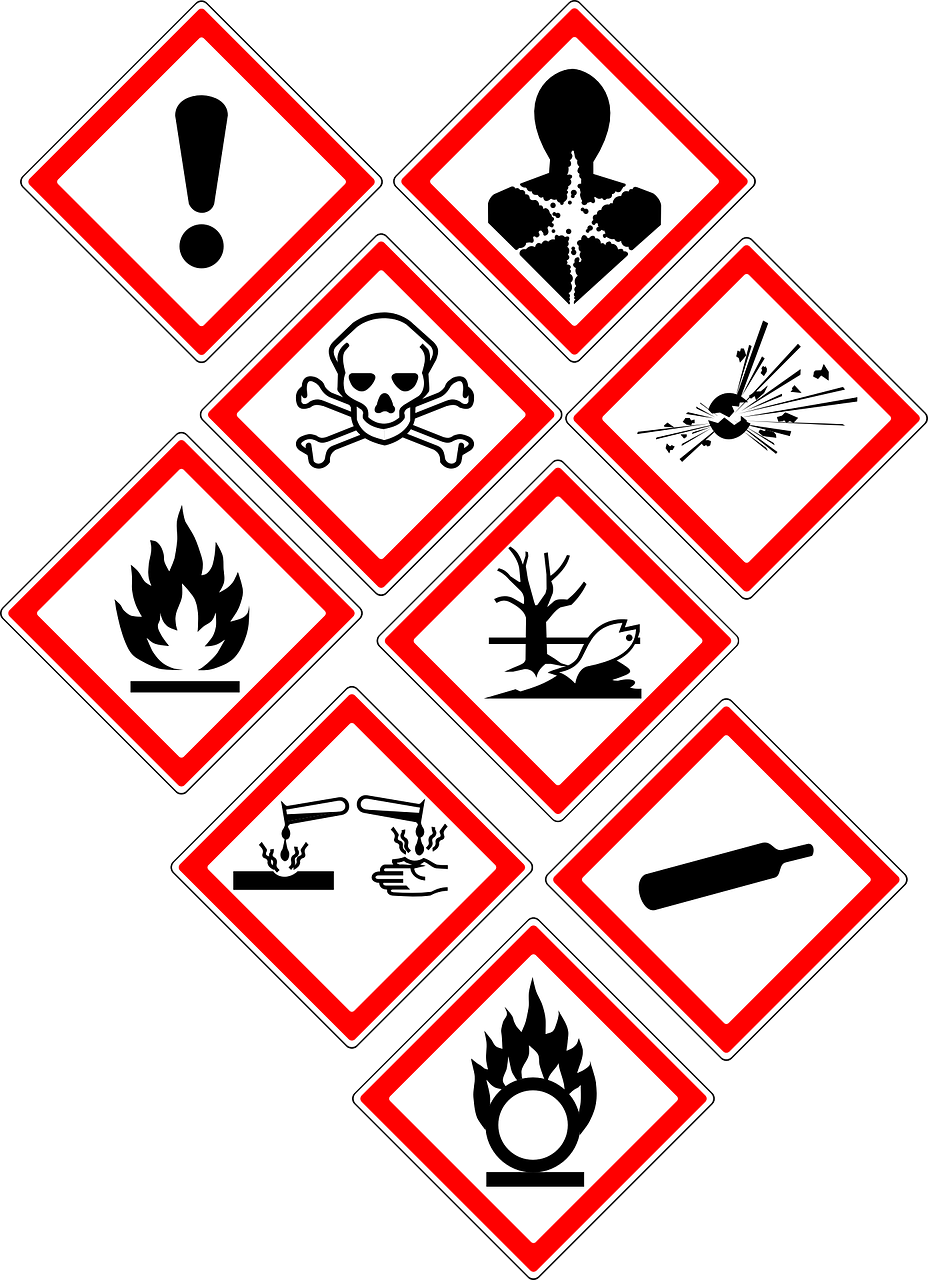In our previous article, Preparing the Workplace for the Coronavirus (COVID-19), we explained what the novel coronavirus is, the danger it poses, and some steps local government employers could take to prevent COVID-19 infections in their workplace.
Since then, the pandemic landscape in the USA has shifted significantly.
The purpose of this article is two-fold:
- To give you an overview of some of the notable regulatory changes that have occurred in response to COVID-19.
- To provide valuable tips for your local government on how to respond to potential disruptions in day-to-day operations/services that could occur, given that more cases of COVID-19 are expected to arrive.
State and Local Government Responses to COVID-19
It’s said that 3/4ths of Americans are now living in lockdown with 38 states having issued stay at home orders.
Over 425 executive actions have been issued in 50 states and American territories, these actions including but not limited to declarations of state emergencies, school closures, and retail and business closures. A few notable actions have been listed below:
California
- Executive Order No. N-35-20 — “…Allows local governments more flexibility to utilize the skills of retired employees and reinforces the importance of the delivery of food, medicine, and emergency supplies.”
- Executive Order N25-20 — “…The order allows local or state legislative bodies to hold meetings via teleconference and to make meetings accessible electronically. The order allows local and state emergency administrators to act quickly to protect public health.”
Louisiana
- COVID-19 Task Force — “Governor John Bel Edwards (D) has established a COVID-19 task force. The taskforce will lead the state’s planning for different scenarios relating to the spread of coronavirus, offer guidance to the Governor’s Office and the Unified Command Group, and to agencies, local governments, businesses, and organizations.”
Indiana
- Executive Order 20-09 — “…Governor Eric Holcomb (R) has issued an order relating to government body meetings, government purchasing, and continuity of government.”
Nevada
- Executive Order 006 — “Governor Steve Sisolak (D) issued an order allowing virtual meetings for government bodies.”
Puerto Rico
- Legislative Action RCC 659 — “Allocates $500,000,000 to various government agencies to finance a portion of the first phase of the Strategic Plan to Reactivate Our Economy, Support Our Merchants, and Protect Our Workers, in response to the emergency due to the COVID-19 pandemic.”
How Your Local Government Can Respond as Employers
As mentioned in our previous article, the ways in which your local government agency can mitigate health risks to your employees are numerous.
Some of the more standard strategies involve encouraging sick employees to stay home, upholding hygienic practices in the workplace, and taking advantage of teleworking options.
Below are some additional considerations that were brought up both by OSHA’s Guidance on Preparing Workplaces for COVID-19 and King County’s coronavirus pandemic guide for businesses and organizations.
Social-Distancing
The majority of Americans are already practicing social-distancing in public, but there are other ways in which the practice can translate into the workplace beyond maintaining a minimum of 6-feet between yourself and others.
As an employer, you can take measures to allow telecommuting wherever possible. However, not every individual has the necessary tools for remote work, so taking steps to ensure the availability of the relevant tech and infrastructure for telecommuting could go a long way.
Depending on the structure of your organization, it may be worth permitting staggered shifts as another method of reducing person-to-person interaction.
Prepare for Absenteeism
Local government organizations should anticipate employee absences. These absences may result from an employee getting sick, having to care for a sick family member, or having to watch over children now that many have been dismissed from schools and daycare centers.
Some employees may have family members who are immunocompromised and thus prefer to stay home lest they bring the disease back from work, while others still may remain home for fear of possible exposure to the virus.
The loss of an employee who performs an essential function in your organization could bottleneck your day-to-day operations, so to prepare for this possibility, consider cross-training employees to perform these essential roles.
Keep your Workforce Educated on Treatment and Prevention
We shared some advice on this subject in our previous post, but its importance warrants reiteration.
Your local government organization should be actively encouraging disease prevention behavior such as hand washing, sanitizing surfaces, avoiding the touching of the face, and staying home if feeling sick.
Establishing Communication Protocol
During this period, it’s more important than ever to uphold high standards of communication in your workforce.
A failure in communication could become the catalyst for breakdowns within your organization, the growth of false rumors, and even disintegration of trust and morale between team members.
As an employer, it might be worth asking:
- How can you increase awareness of and support employees that are currently experiencing anxiety and fear during this health crisis?
- What part can you play in the prevention of false rumors and misinformation circulating in your local government organization?
- What can you and your leadership team do to keep your employees adequately informed regarding the latest health updates about the outbreak?
As a local government organization, it’s vital that you feel capable of handling this crisis to maintain the greater health and welfare of your local communities. We hope that the implementation of these provided strategies will bring you one step closer to that goal.
Adjusting to New Work Circumstances
The modern workplace has been shifting in significant ways for the better part of a decade due to innovations in technology, among other things.
The current health crisis caused by COVID-19 has accelerated the pace at which organizations of all shapes and sizes have had to adapt to said innovations.
If your local government agency has been struggling with the transition to remote work, we can assist you with our suite of cost-effective packages.
Whether you’re working remotely for the first time or want to operate more efficiently in your current virtual workplace environment, our courses provide everything you need to thrive so that your agency can come out of this crisis in better shape than when it arrived.
Experience the proven, easy-to-use, and cost-effective benefits of online training by scheduling your free online training consultation today!










